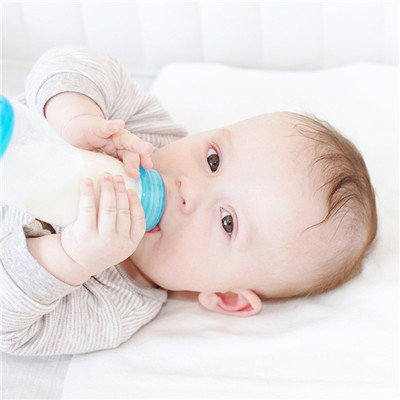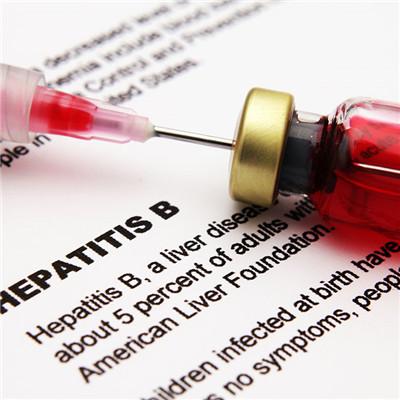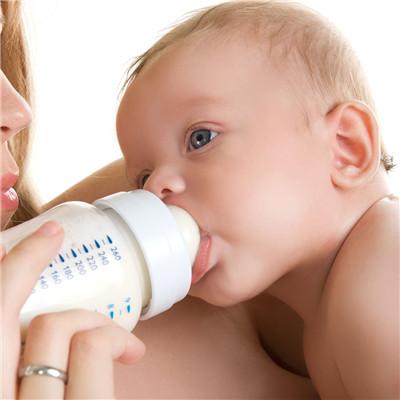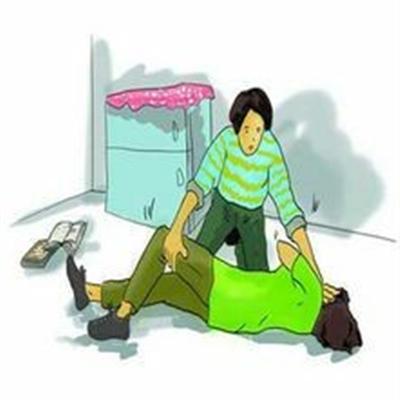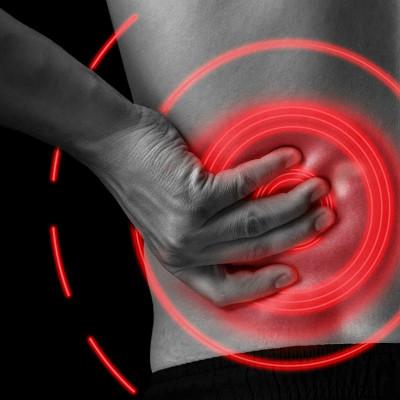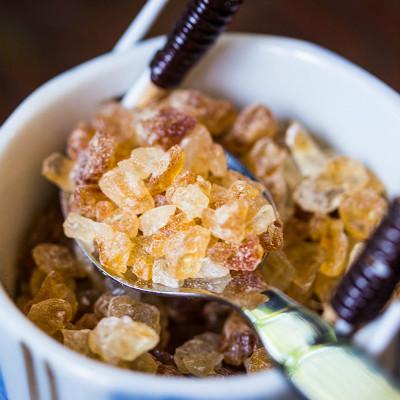Diet for primary biliary cirrhosis
summary
Primary biliary cirrhosis often coexists with other immune diseases, such as rheumatoid arthritis, Sjogren's syndrome, scleroderma, chronic lymphocytic thyroiditis, etc. it is more common in middle-aged women. The onset of the disease is insidious, and the course of the disease is slow. Appetite and weight do not decrease significantly. About 10% of the patients have no symptoms. Now let's learn about the diet of primary biliary cirrhosis.
Diet for primary biliary cirrhosis
First of all, patients should eat more high protein food and less high-fat, high cholesterol and high calorie food. If possible, drinking a meal of crucian carp soup every day should be more beneficial for diet care: low fat, high protein, high vitamin and easy to digest diet is appropriate. To achieve timing, quantitative, moderate. Early can eat more bean products, fruits, fresh vegetables, appropriate to eat sugar, eggs, fish, lean meat; when liver function significantly decreased and liver coma aura, should be appropriate control of protein intake, advocate low salt diet or avoid salt diet, daily salt intake is not more than 1 ~ 1.5g, drinking water in 2000 ml, serious ascites, salt intake should be controlled in 500 mg or more The intake of water is less than 1000 ml. Should avoid spicy and stimulating products and hard cold food, should not eat overheated food to prevent concurrent bleeding. Patients with compensated cirrhosis should eat high calorie, high protein, vitamin rich and digestible food. The daily heat supply should be 10.45-12.54kj. Among them, protein and carbohydrate are the main components, and protein can be more, including fish, lean meat, eggs and milk.
Secondly, soybean products and other protein foods with high biological potency are provided. The daily supply is 1.5-2.0g (kg · d), the daily intake of fat should not exceed 1.0g (KD · d), and the rest are sugars. The diet of patients with decompensated cirrhosis should be easy to digest and rich in nutrition. The total calories of daily diet were 8.37-10.46kj, and the protein was 1.0-1.5g / (kg · d). The appropriate amount of high sugar, low fat and fat should not exceed 1 / 3 of the total calories. For patients with obvious esophageal varices, the diet is straight into the soft diet, avoid hard, rough food, in order to prevent varicose veins, leading to bleeding. Those with ascites should be fed with less or more sodium. In view of the tendency of significant liver dysfunction or hepatic encephalopathy, we should give priority to carbohydrate, strictly limit the intake of animal protein, generally give f rich in self branched amino acid plant protein, and in severe cases, we must fast protein. Both patients with compensated and decompensated cirrhosis should be supplemented with foods rich in vitamin A, B, C, D, K, nicotinic acid and folic acid to promote the regeneration and repair of damaged liver cells and enhance the detoxification ability of liver. Parenteral nutrition can be used as appropriate for patients with insufficient food intake, fasting or eating difficulties to supplement the corresponding nutrients. Cirrhosis is a common chronic liver disease, in addition to drug treatment, we should also adhere to the correct diet, which is very important for the stability of the disease. Patients with compensated cirrhosis should eat high calorie, high protein, vitamin rich and digestible food.
Finally, milk, eggs, fish, lean meat, bean products and other high-quality protein foods should be provided in rotation in the daily diet. The monosaccharides and disaccharides that are easy to digest, such as glucose, sucrose, honey and fruit juice, can be selected appropriately to increase the liver glycogen reserve. The enzyme mother is rich in B vitamins and should be supplied. Avoid alcohol and all spicy and irritating food. Avoid fried and hard food. They eat more soft drinks, leeks, celery, bean sprouts and other foods with less fiber. 3、 One day recipe examples: Breakfast: rice porridge (50g rice), steamed bread (75g flour), pork floss (15g pork floss), plus meal: sweet milk (250g fresh milk, 10g sugar), apple 150g, lunch: Rice (150g rice), fried hairtail (200g hairtail), vegetable fried oil vegetables (150g rape), plus meal: red lotus root powder (30g lotus root powder, 10g sugar) Dinner: Rice (150 grams of rice), chicken (100 grams of chicken), tomato fried tofu (50 grams of tofu, 100 grams of tomato) oil 25 grams a day. The above recipe contains 2422 kcal (10120 kJ) of heat energy.
matters needing attention
1. Reasonable use of protein. The liver is the site of protein synthesis, and 11-14g albumin is synthesized by the liver every day. When liver cirrhosis occurs, the liver can't synthesize proteins very well. At this time, we need to reasonably arrange the protein intake to prevent the occurrence of hepatic encephalopathy. You can choose from a variety of sources of protein food. In order to make patients better adapt, cheese can be mixed into the right amount of chicken, fish, lean meat, eggs, every day to have a reasonable amount of protein diet. 2. Supply the right amount of fat. Some patients with liver cirrhosis, afraid to eat fat, in fact, fat should not be too strict. Nearly half of patients with liver cirrhosis have lipodysentery and malabsorption of fat due to pancreatic insufficiency, decreased bile secretion, lymphatic or hilar congestion and other reasons. When the above symptoms appear, the amount of fat should be controlled. But if the patient does not have the above symptoms, and can adapt to the fat in the food, in order to increase calories, fat is not easy to limit too strictly. If it is biliary cirrhosis, low fat, low cholesterol diet. 3. Supply plenty of carbohydrates. The sufficient carbohydrate can make the body store liver glycogen sufficiently, and prevent the damage of toxin to liver cells. You can eat 350-450 grams of starch food every day. 4. Limit water and sodium in the diet. When there is edema or mild ascites patients should be given low salt diet, daily intake of salt is not more than 3 grams; severe edema should use salt free diet, sodium should be limited to 500 mg or so. Fast more sodium containing food, such as steamed bread, do not use alkali, can use fresh yeast flour, or eat salt free bread. Dried noodles contain more sodium and are not suitable for consumption. Eat less or no pickles, and pay attention to the cooking method, until the dishes are cooked, then put seasoning and salt. The daily water intake should be limited to 1000 ml-1500 ml. 5. Eat more food rich in zinc and magnesium. Patients with liver cirrhosis generally have low blood zinc level, increased urinary zinc excretion, and decreased zinc content in liver cells. When drinking alcohol, blood zinc content will continue to decrease. Drinking alcohol should be strictly prohibited, and foods with high zinc content such as lean pork, beef, eggs and fish should be appropriately eaten. In order to prevent the lack of magnesium ion, such as eating green leafy vegetables, peas, dairy products and cereals. 6. Supplement vitamin C. Vitamin C is directly involved in liver metabolism and promotes the formation of liver glycogen. Increasing the concentration of vitamin C can protect the resistance of hepatocytes and promote the regeneration of hepatocytes. The concentration of vitamin C in ascites is equal to that in blood, so a large amount of vitamin C should be added in ascites. When eating fruit should be peeled or squeezed into juice to drink. 7. The diet should be light, soft, easy to digest, no stimulation, a small number of meals. Liver cirrhosis patients often have loss of appetite, should give easy digestion and absorption of food, a small number of meals, to eat soft food and no stimulating food, workmanship should be fine, avoid hard and rough food, such as fried food, hard fruit food. When combined with esophageal varices, it should be noted that fried food, hard fruit and dry fruit food should not be eaten, because such food can pierce the esophageal vein, causing massive hemorrhage in the upper digestive tract, which is life-threatening. Liver cirrhosis patients must not meet the taste of pleasure and psychological needs, and the loss of precious life.
